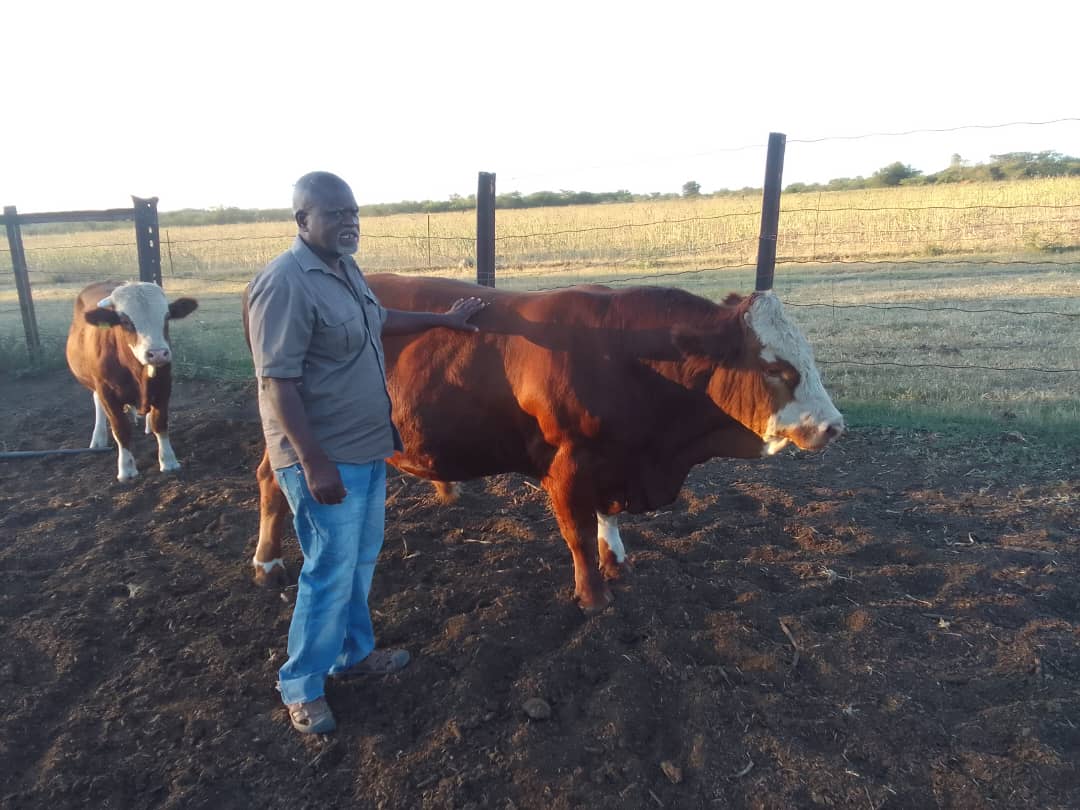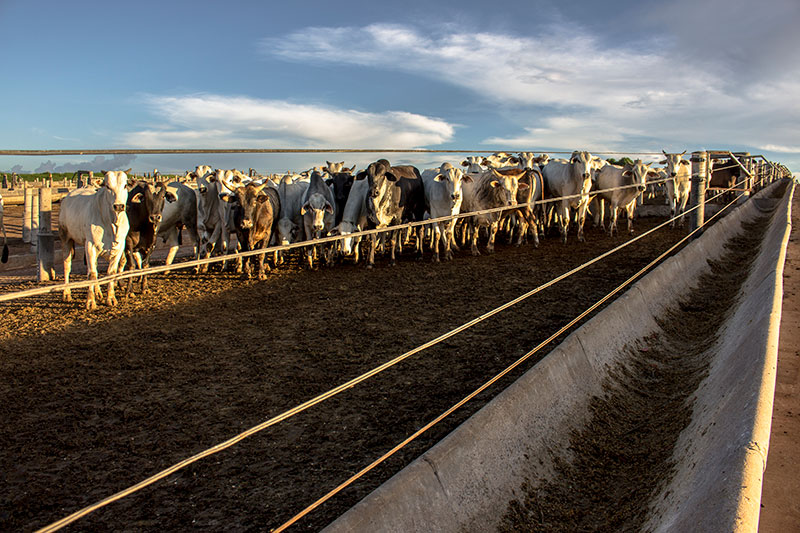A race against time to feed the nation

Every September, the Meteorological Services Department of Zimbabwe annually convenes its National Climate Outlook Forum, where the seasonal rainfall forecast for the upcoming rainfall season is presented to national stakeholders.
“Multi-sectoral stakeholders will use this planning tool, which is critical for enhancing the socio-economic development of the nation, since weather and climate information is invaluable to all sectors of the economy, especially as we work towards achieving a middle-class economy by 2030,” the department’s official statement reads.
The 2023/24 rainfall season outlook
According to the report, the rainfall was expected to be erratic in space and time.
El Niño
“The climate scientists took into account oceanic and atmospheric factors that influence the climate over Zimbabwe, including the El Niño Southern Oscillation (ENSO), which is currently in an El Niño phase. The ENSO is projected to remain in an El Niño phase during the forecast period.”
Zambia declares national disaster
Although there has been, to date, no official declaration of a drought in Zimbabwe, in Zambia to the north, a state of emergency was declared on Thursday 29 March. “With heavy hearts, we have declared a national disaster and emergency as our country faces severe drought, caused by the El Niño weather phenomenon, influenced by climate change. The prolonged dry spell has impacted both Zambia’s food and energy security which are our key priorities,” his excellency, President Hakainde Hichilema said in his address to the nation. In light of that, it is safe to say that Zambia will be unlikely to produce enough for its domestic consumption. Zambia is traditionally the second largest maize producer in Southern Africa after South Africa.
South African maize production
In light of this, there will be increased pressure on South Africa to supply maize to its neighbouring countries (Botswana and Lesotho are also experiencing drought), and the issue will be white maize for human consumption. Overall maize production estimates for South Africa stand at 14.3 million tons. Of that yield, the white maize yield is estimated to reach 7 million tons and yellow maize 7.3 million tons (source: Crop Estimate Committee). As domestic consumption in South Africa is roughly 12 million tons, it remains a net exporter, albeit at a lower volume than in previous years. Around 3 million tons will be available for exports.
South Africa has been producing genetically modified maize since 1997 (Genetically Modified Organisms Act 15 of 1997). Food security within the country can largely be attributed to this, coupled with a larger commercial producer sector with access to inputs and irrigation. As South Africa is the largest maize-producing country in the southern hemisphere, Zimbabwe is one of its key markets to offset excess yields.
Zimbabwean maize production
According to well-placed sources within our maize sector, from a national crop perspective, it is estimated that we may only realise half of last year’s yield (which was 1.5 million tons, itself little more than half the ample harvest of 2.7 million tons in the 2021/22 season: source US Department of Agriculture), with early estimates at this stage ranging between 650 to 750,000 tons. With an annual consumption of roughly 1.8 million tons and very low strategic reserves, there will be a heavy reliance on South Africa’s potential surplus, the latter being the only country in the region with any meaningful ability to export. Zambia and Malawi have already implemented export bans.
In December, Minister of Finance, Hon. Mthuli Ncube declared Zimbabwe was on track for a 1.1 million ton harvest. Since then, against a backdrop of an extended dry spell and excessive heat, this production estimate has switched to an import goal to ensure food security in the nation. It is reported that the The Government of Zimbabwe has begun importing maize from South Africa. The targeted import figure stands at 1.1 million tons before March next year, coming from South Africa, according to government officials.
This time of year is the “lean season,” with household stocks running low. With traffic bottlenecks at the border as we scramble to import this food staple into Zimbabwe, it has become a race against time to feed the nation before starvation sets in and the effects of the erratic rainy season are felt.



